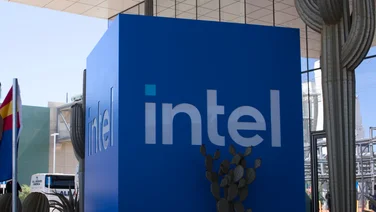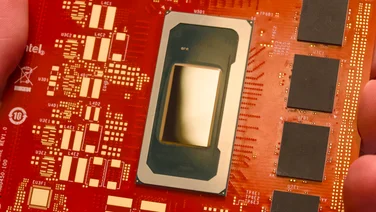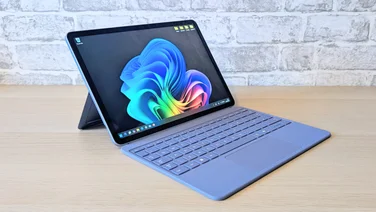To help us provide you with free impartial advice, we may earn a commission if you buy through links on our site. Learn more
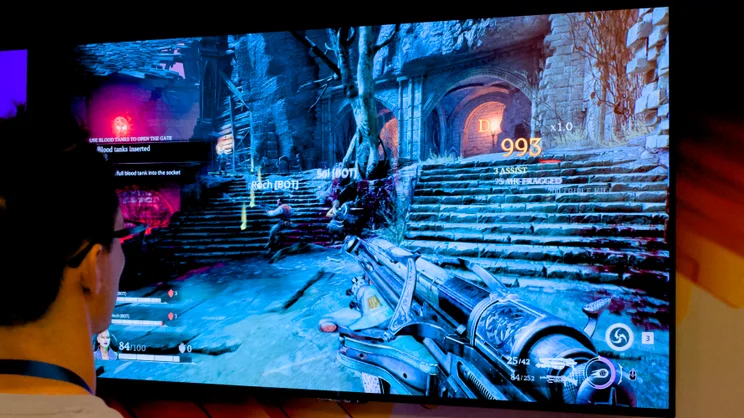
It’s been a dream of mine, and I’m sure many who spend a lot of time on the road travelling for work, to be able to play proper AAA games on a thin and light machine. That’s long been the promise of integrated graphics, but those capabilities have always seemed tantalisingly out of reach; as those serious about gaming on the move will know, even Nvidia’s seemingly lowliest has been more capable than Intel’s integrated efforts.
With the upcoming launch of Panther Lake and its new Xe3 integrated graphics, however, Intel seems bullish about its prospects. Indeed, so bullish that it is going to be calling its latest Xe graphics Intel Arc B-series, blurring the line between mobile graphics and its desktop GPUs – the Intel Arc B580.
And it’s not just fans of lightweight laptops that will be paying attention this time around; anyone keeping tabs on the handheld gaming space will be hoping for something with more oomph – and better battery life – than the current generation of Windows-based gaming handhelds.
Hardware improvements
So, should you be as excited as Intel seems to be about Xe3? Let’s take a look at the upcoming hardware. Essentially, Panther Lake laptops will be available with two flavours of Xe3 graphics. The low-end four-core GPU, will be designated for ultra-low power laptops designed for lightweight use, and the higher end, so-called 12Xe GPU, which comes with – you guessed it – 12 Xe3 cores.
That’s four more than in the top-end integrated GPU in Arrow Lake – the Arc 140T in Intel’s Core Ultra Series 2 chips – and the cores themselves have been given a bit of a makeover as well. In particular, each core gets 33% more shared L1 cache in this generation, the modules responsible for Ray Tracing are more capable, the core’s vector engine can cope with more threads and Intel has also been busy tuning the software for what it calls a more “consistent” overall performance.
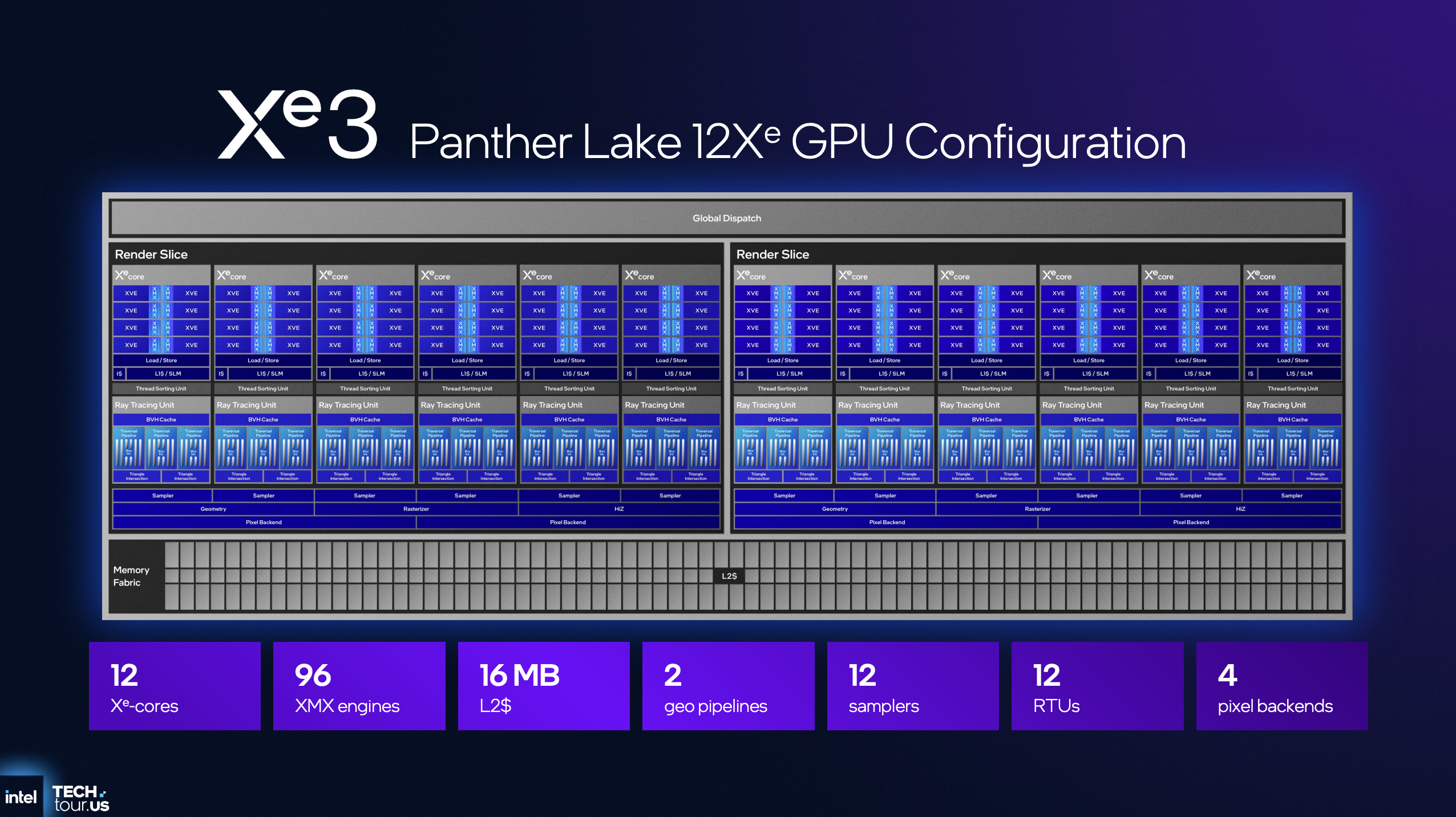
Ultimately, Intel says that these improvements – plus a bunch of other upgrades I’m not going to go into here – result in a greater than 50% performance improvement but here’s the kicker. In the pre-launch presentation I was given, the comparison was made with Lunar Lake, which has a lower power Arc 140V GPU. Presumably, Panther Lake will be somewhere between 0% and this – well at least one would hope that to be the case.
Intel did go on to compare performance per Watt with Arrow Lake H, however, with a chart showing Panther Lake consuming more than 40% less power at the same performance level than its predecessor. Coupled with more cores, tweaked performance, Panther Lake ought to be able to deliver some pretty solid frame rates.
And Intel did show some pretty impressive-looking demos. One in particular – the remake of Painkiller, a yet-to-be released Doom-alike shoot ‘em up – delivered up to 220fps at a resolution of 1080p. I had the chance to play this game in a demo room after the presentation and I can report that it looked impressively smooth and detailed, despite the fact that there were plenty of enemies on screen, and that it was running on a measly 44W reference platform.
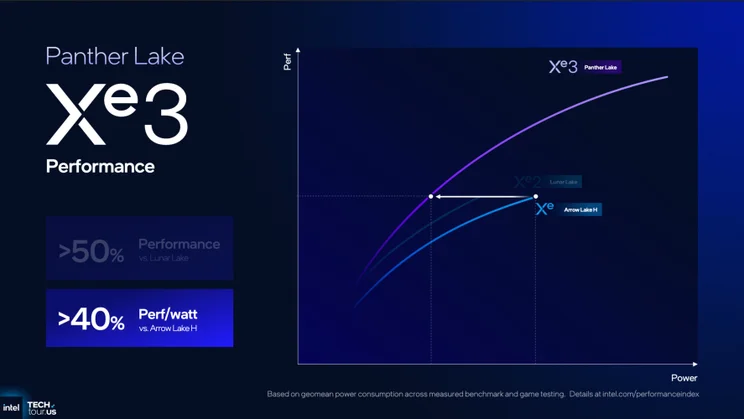
It’s worth pointing out, however, that this demonstration was making full use of Intel’s XeSS 2 AI upscaling and MFG (multi-frame generation) technology. This is Intel’s equivalent to Nvidia’s DLSS tech and it uses AI to interpolate, or “generate” multiple frames in between each real one. It has the potential to do this three times per real frame, upping the frame rate – as in this example – by a factor of four. The “real” frame rate in this demo was up to 50fps (still not bad).
The problem is that the technology does, inevitably, introduce input lag and that’s something I also experienced at the demo station by switching XeSS 2 on and off and comparing the effect. XeSS2 is a relatively new technology, too – the SDK was only made available to games developers in March 2025 – so that means the number of games supporting it is currently relatively limited. Only 44 titles are XeSS 2 enabled at the time of writing, although the list does include big titles such as CyberPunk 2077, Black Myth: Wukong, Diablo IV and Civilisation VII.
For those still sceptical of frame generation, or irritated by the input lag it introduces, Intel said it would be adding a frame generation override control in its Graphics Command Software tool. With this, users will be able to control frame gen 4x, 3x, 2x or leave it to the game in question.
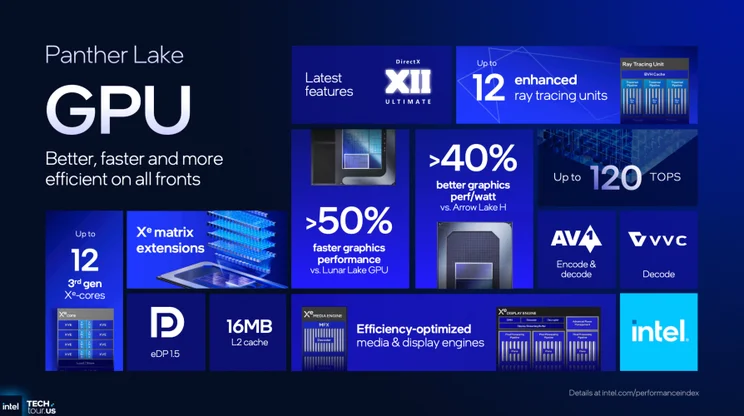
Has Intel finally cracked low power gaming?
I’d love my first review of a Panther Lake 12Xe laptop to conclude that Intel has finally cracked the integrated GPU conundrum, and there are certainly plenty of reasons to be positive about it, not least the introduction of an extra four cores of GPU processing power.
But will Panther Lake laptops with 12Xe finally be able compete with those equipped with Nvidia GPUs – particularly at the mid- and low-end? It’s going to be a challenge and it really all comes down to price. With some Nvidia RTX 5060-equipped laptops already going for below £1,000 it’s going to take an awful lot of persuading – and a lot of price cutting – for the new machines to make the grade.
But if I can get 18-hour battery life out of a 1.5kg portable that can also deliver high-framerate gaming. Maybe then I can be persuaded to pay a little more.



